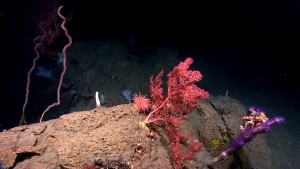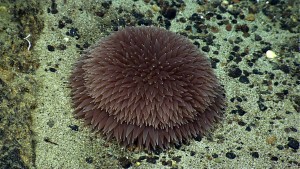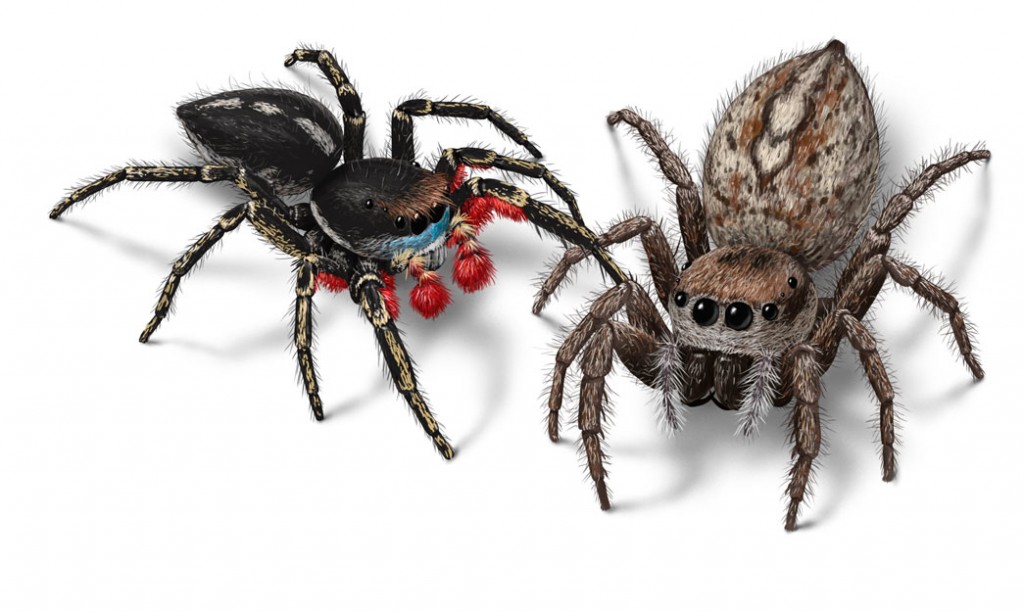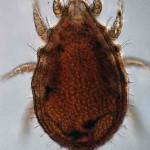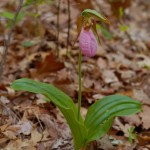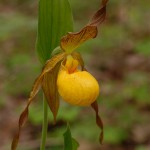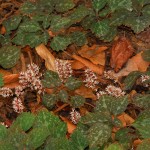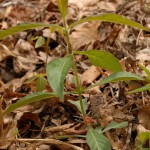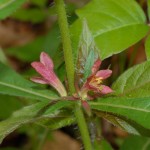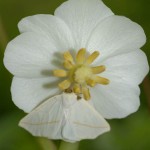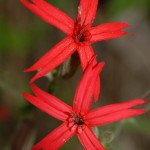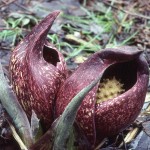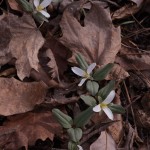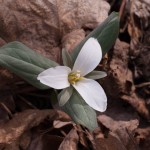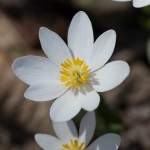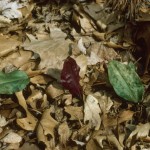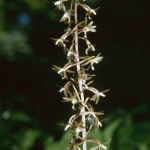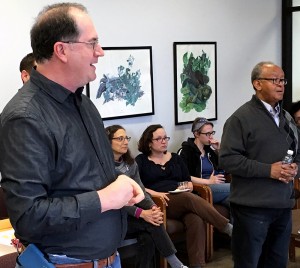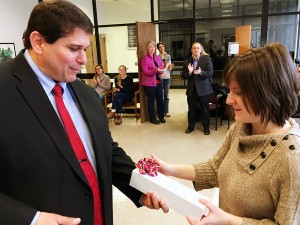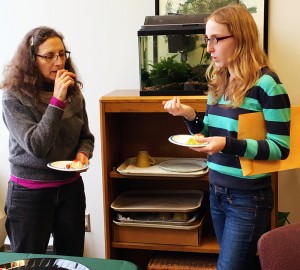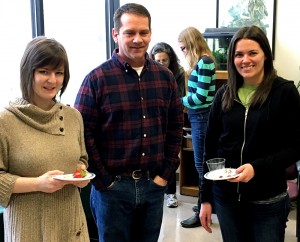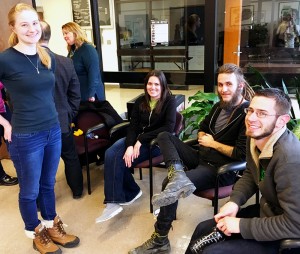I have been fascinated with birds ever since I can remember. I grew up in southern California, spending as much time out in nature as possible. As a child I kept pigeons, mostly racing homers and some fancy breeds. It felt right to keep birds that were permitted to fly free. Before long I spent more time looking at the wild birds in my neighborhood. I was soon an active birdwatcher and by age 13 started my ‘life list’ of birds. Now, 53 years later I’m still an active birder and my North American (north of Mexico) life list has grown to 650 species (not counting more than a thousand others seen elsewhere).
Along with watching birds, I have always been a fan of listening to them. Any avid birder will tell you, bird-watching is actually 90% bird-listening. Most often how we locate and identify birds. My first sound recorder was an inexpensive open reel tape recorder from Radio Shack, it had 5 inch tape reels and a top recording speed of 3.5 ips (inches per second). Soon I graduated to a used Uher Report Monitor, which was a big step up in acoustical quality.
When I chose my master’s degree thesis subject in 1972, it had to be bird related. I had worked through high school and college during the summers preparing bird specimens at the Los Angeles County Museum of Natural History. I was also a federally licensed bird bander by the age of 18. I chose to study song dialects. Many birds learn their songs and have culturally-inherited regional dialects, similar to human dialects. I worked with a distinctive salt-marsh inhabiting form of the widespread Savannah Sparrow (Belding’s Savannah Sparrow). It turned out that each of the 14 marsh populations between Santa Barbara California and El Rosario, Baja California (Mexico) had a distinctive vocal dialect (Bradley, 1977). Sixteen years later I returned to document changes in these dialects (Bradley, 1994).

The author recording Belding’s Sparrows at Bahía de San Quintín, Baja California Norte, Mexico in 1987
Audio clip of a few songs of a Belding’s Savannah Sparrow recorded at Upper Newport Bay, CA, in 1973
While working for the Florida State Museum (now Florida Museum of Natural History), I conducted a research project documenting the vocal repertoires and territorial behavior of the White-eyed Vireo (Vireo griseus; Bradley, 1980, 1981). Individual male vireos sing up to 14 different song motifs. Neighboring birds often share a few of their song types. It appeared that young males often learned to copy the songs of their fathers and immediate neighbors.
Audio clip of four songs of a White-eyed Vireo, two of each of two different motifs. Note a neighboring vireo singing in the background.
Working in the bioacoustics archive I was able to do some really interesting things. One of my tasks was to document the performance of a dance troop composed of indigenous people from southern Mexico.
A short audio clip from the performance of the “Danza de los Voladores,” in the Florida State Museum courtyard, October 1977
I also worked with Steve Nesbitt of the Florida Game and Freshwater Fish Commision (now Florida Fish and Wildlife Conservation Commission). He was engaged in a research project to document all the vocalizations of the Sandhill Crane (Grus canadensis). We eventually published a descriptive account of these amazing sounds (Nesbitt & Bradley, 1996). Below you can listen to a short segment of a “unison call” display of a mated pair of these magnificent birds. This recording was made by Lincoln Fairchild and is archived in the Borror Laboratory’s collection (BLB16115).
Audio clip from Lincoln Fairchild’s recording of a pair of Sandhill Cranes performing their unison call.
Throughout my career I made sure that my recordings would be available to other researchers and the public. My early recordings are archived at the Florida Museum of Natural History. I recently donated many of my more recent field recordings to the Borror Laboratory of Bioacoustics. You can listen to them online.
About the Author: Richard Bradley is Associate Professor emeritus, The Ohio State University. He taught at the university level for over 30 years at California State University, Long Beach, the University of Sydney (Australia), and The Ohio State University at Marion. His published research includes work on bird song, behavioral ecology of birds and spiders, and population biology of scorpions. He is a research associate of the Borror Laboratory of Bioacoustics and the Acarology Laboratory at the Museum of Biodiversity. In 2013 he published the first comprehensive color guide to the Spiders of North America.
References
Bradley, R.A 1977. Geographic variation in the song of the Belding’s Sparrow Passerculus sandwichensis beldingi. Bulletin Biological Sciences, Florida State Museum, 22: 57-100.
Bradley, R.A. 1980. Vocal and territorial behavior of the White-eyed Vireo Vireo griseus. Wilson Bulletin, 92: 302-311
Bradley, R.A. 1981. Song variation within a population of White-eyed Vireos (Vireo griseus). Auk, 98: 302-311.
Bradley, R.A. 1994. Cultural change and geographic variation in the songs of the Belding’s Savannah Sparrow (Passerculus sandwichensis beldingi). Bulletin of the Southern California Academy of Sciences, 93(3): 91-109.
Nesbitt, S.A. & R.A. Bradley. 1996. Vocalizations of Sandhill Cranes. Proceedings of the North American Crane Workshop. 7: 29-35.















